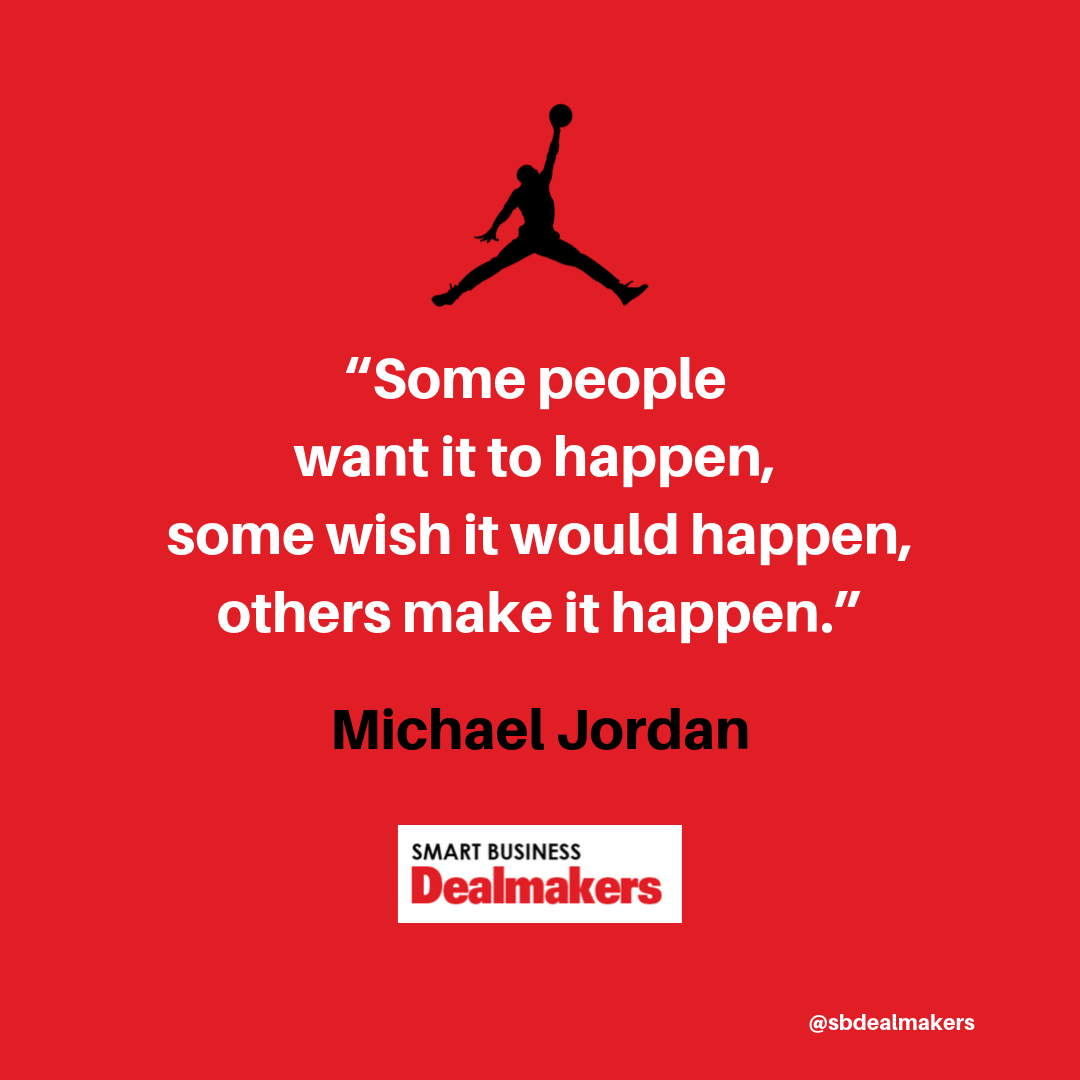For business owners thinking about their exit, the choice often seems limited to selling to a competitor or to a private equity firm. But there's a third option, ESOPs, that secures their legacy and rewards the very people who helped build the company.
Royer Cooper Cohen Braunfeld’s Andy Rudolph, Marc Hirschfield and David Dalesandro take a deep dive into Employee Stock Ownership Plans to break down how this unique succession path works — from the powerful tax advantages to the mechanics of financing the deal. They also explore the founder's role after the sale and the keys to building a thriving ownership culture long after a transition.
Here's an excerpt:
“This is a ESOP transaction that I did in the 90s,” Rudolph says. “This was a management team that had taken a leveraged buyout from a large, well-known public company in the Philadelphia area. They did a 1042 rollover transaction, and ultimately did four transactions that got the ESOP to be a 100 percent owner of the business. All of those proceeds of sale were deferred in rollover transaction. Six of those people have gone on to their eternal rewards — there's one survivor — and all of those six decedents’ families have benefited from a step up in basis, and the company ultimately operated as an S corporation free of federal income tax. So, the transaction design over a lengthy period came out exactly as hoped and planned.”




